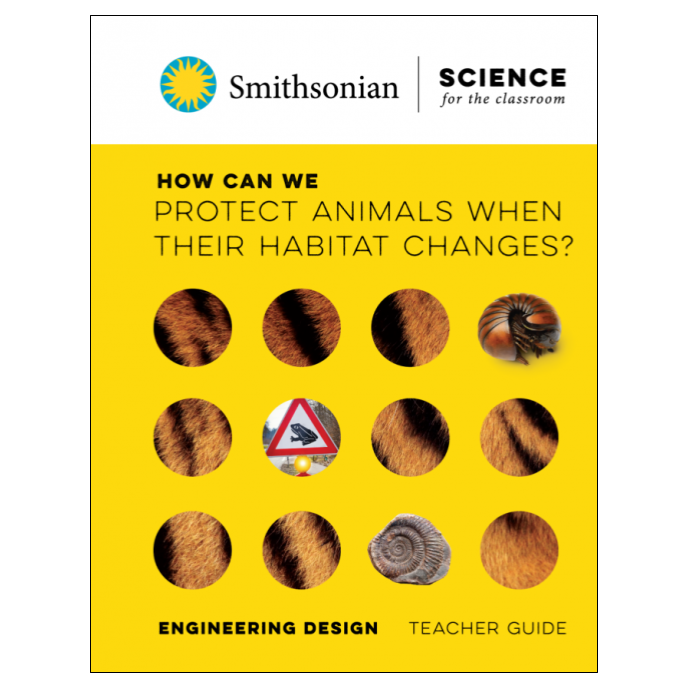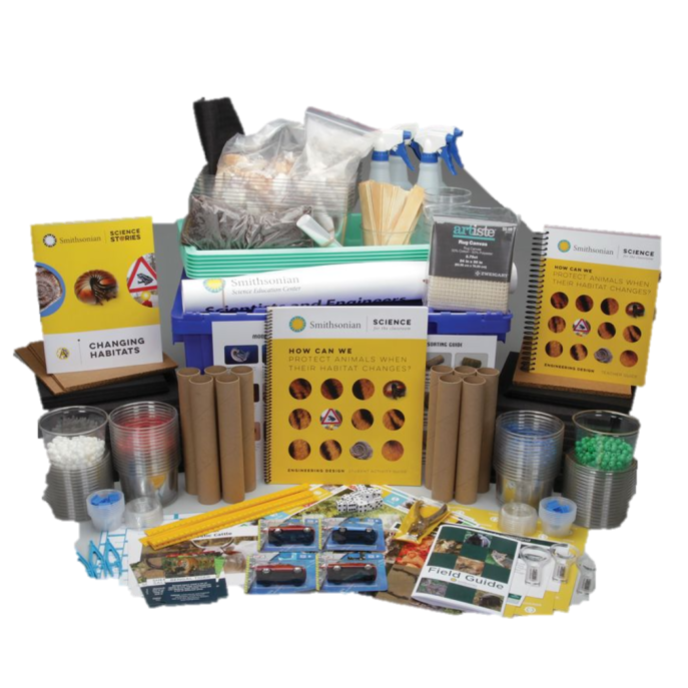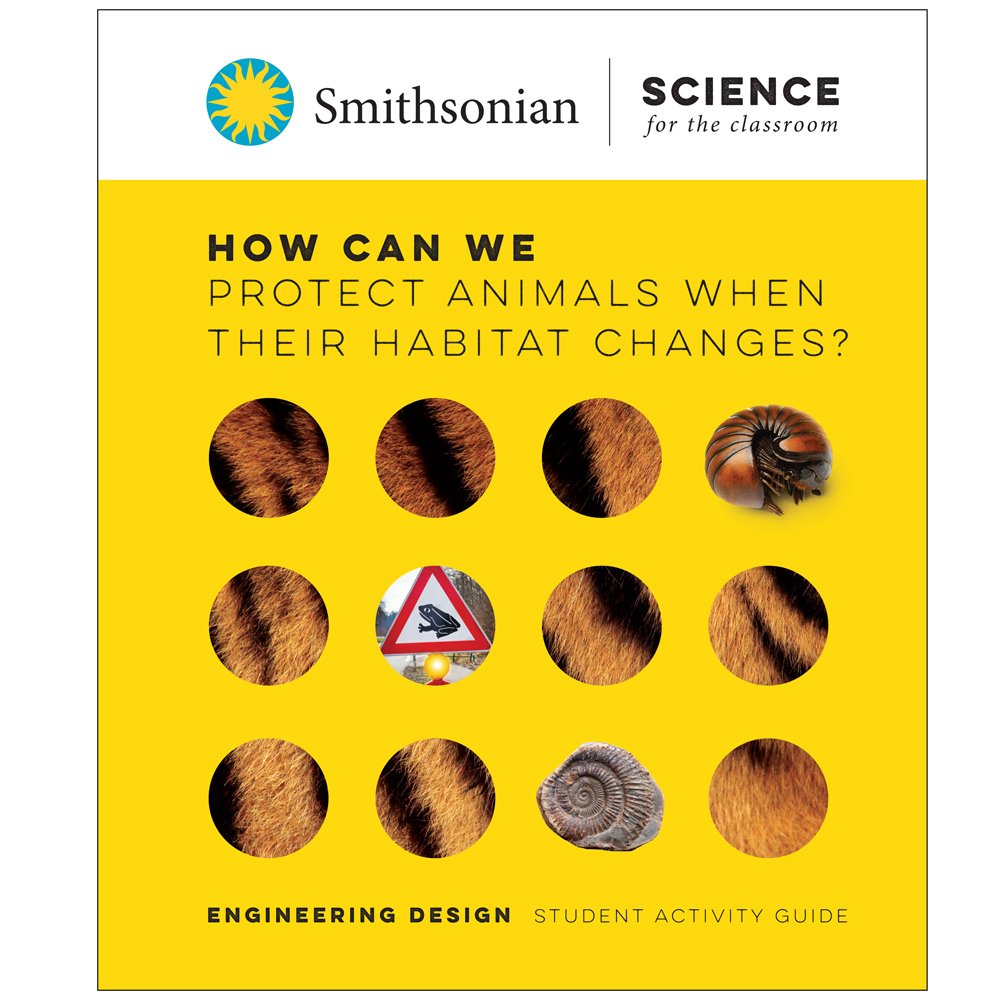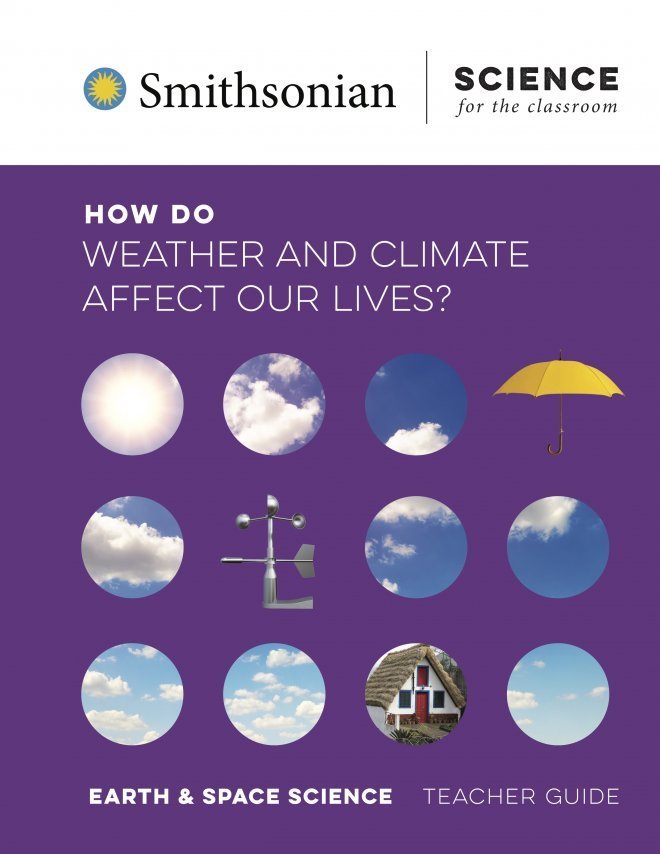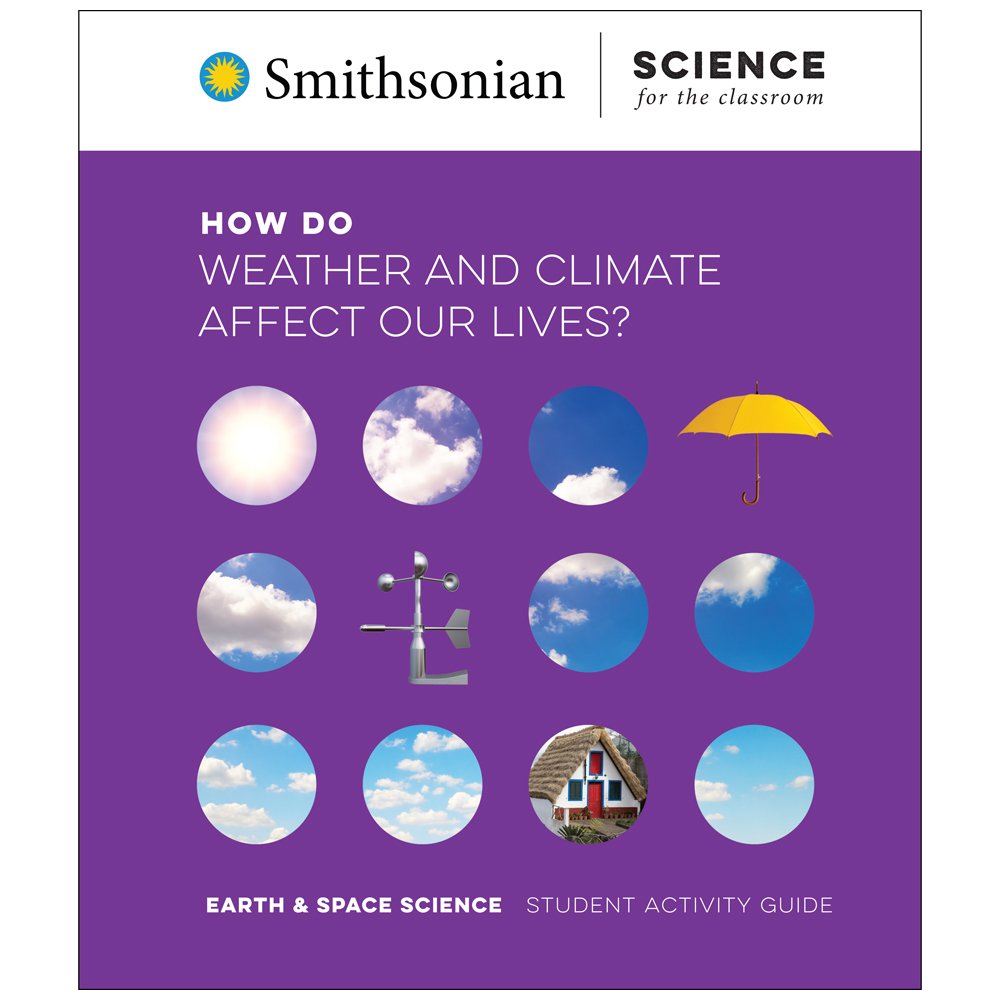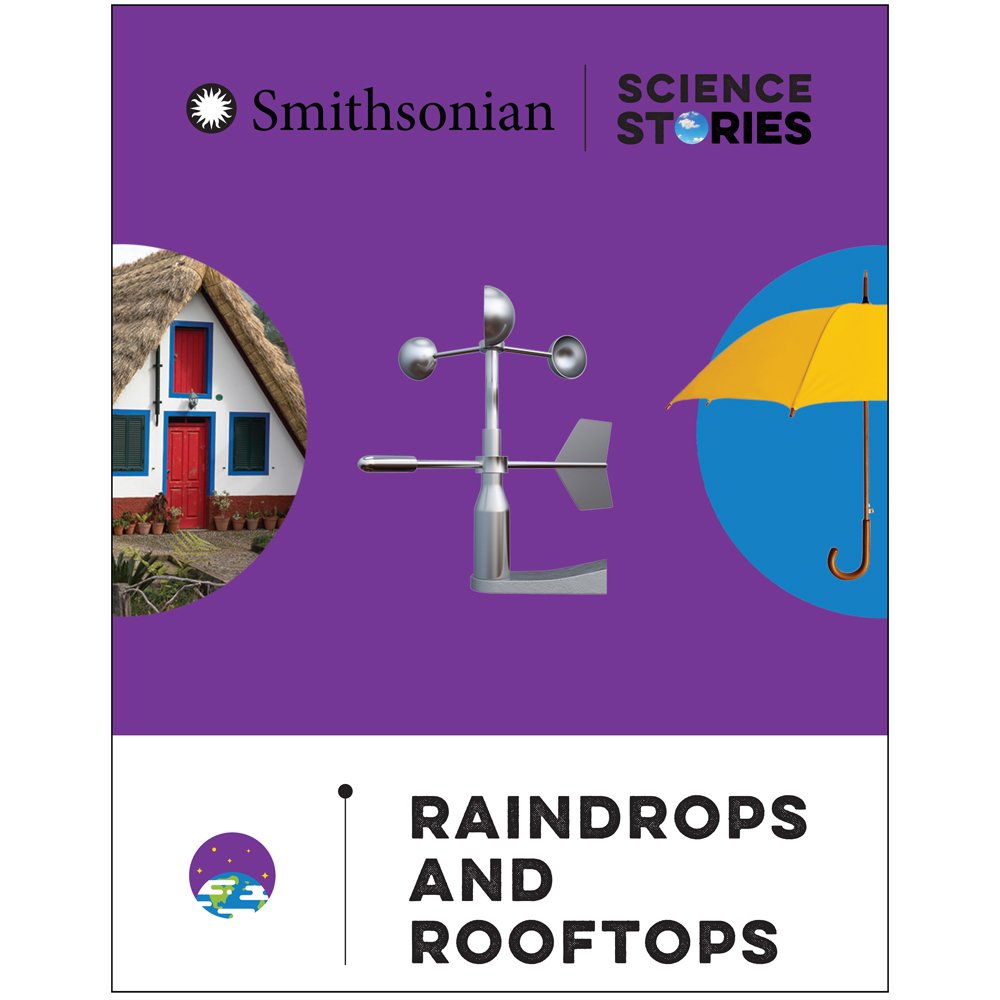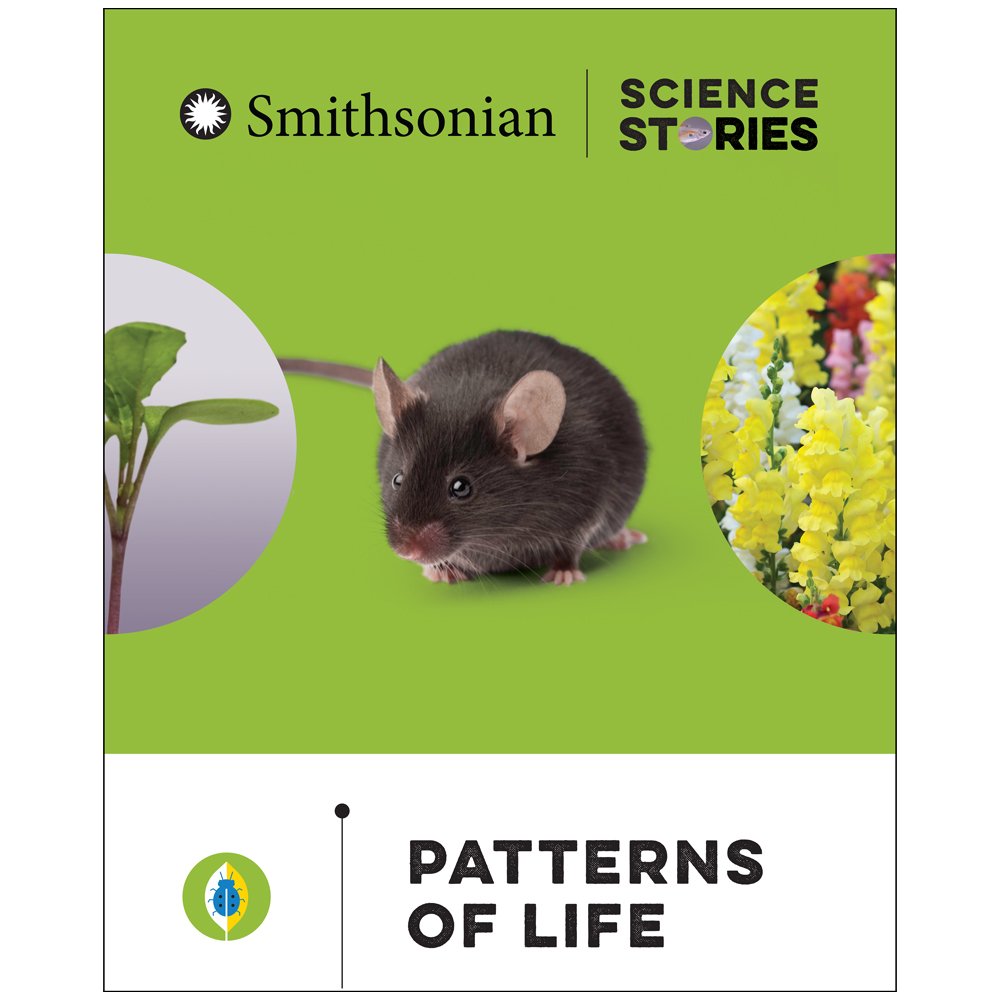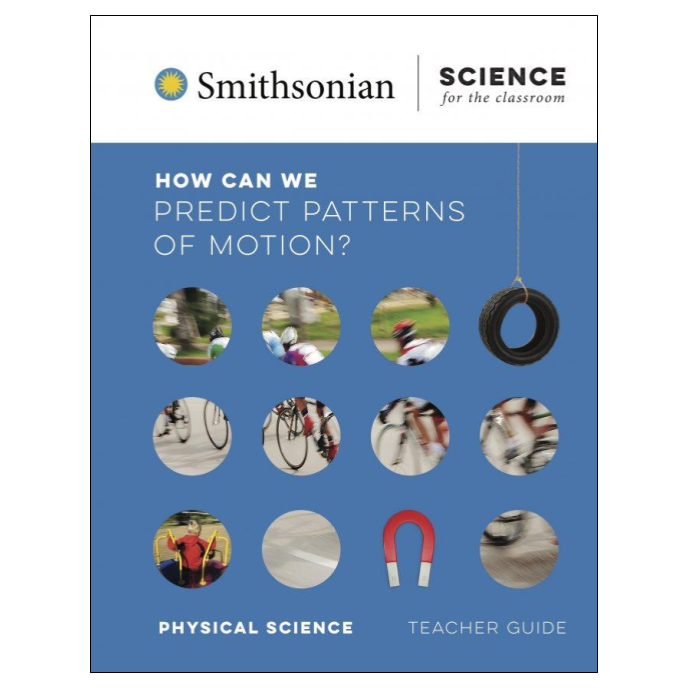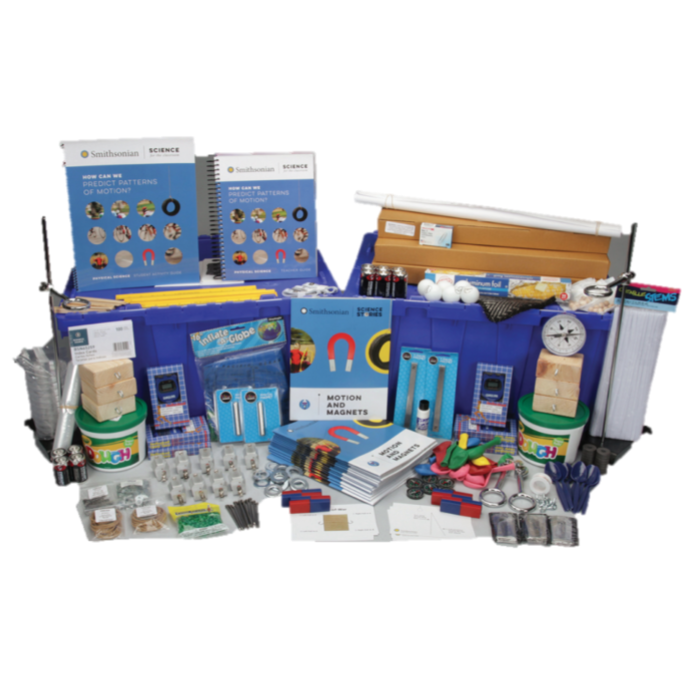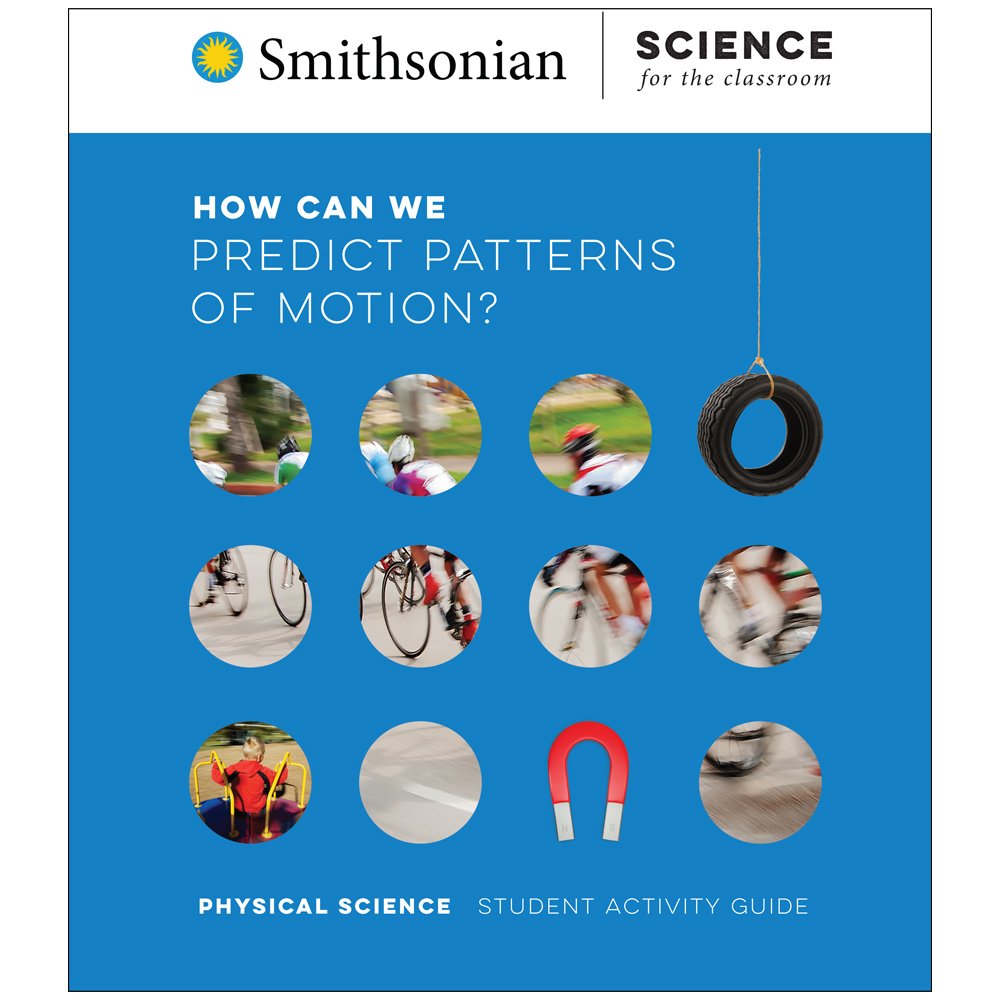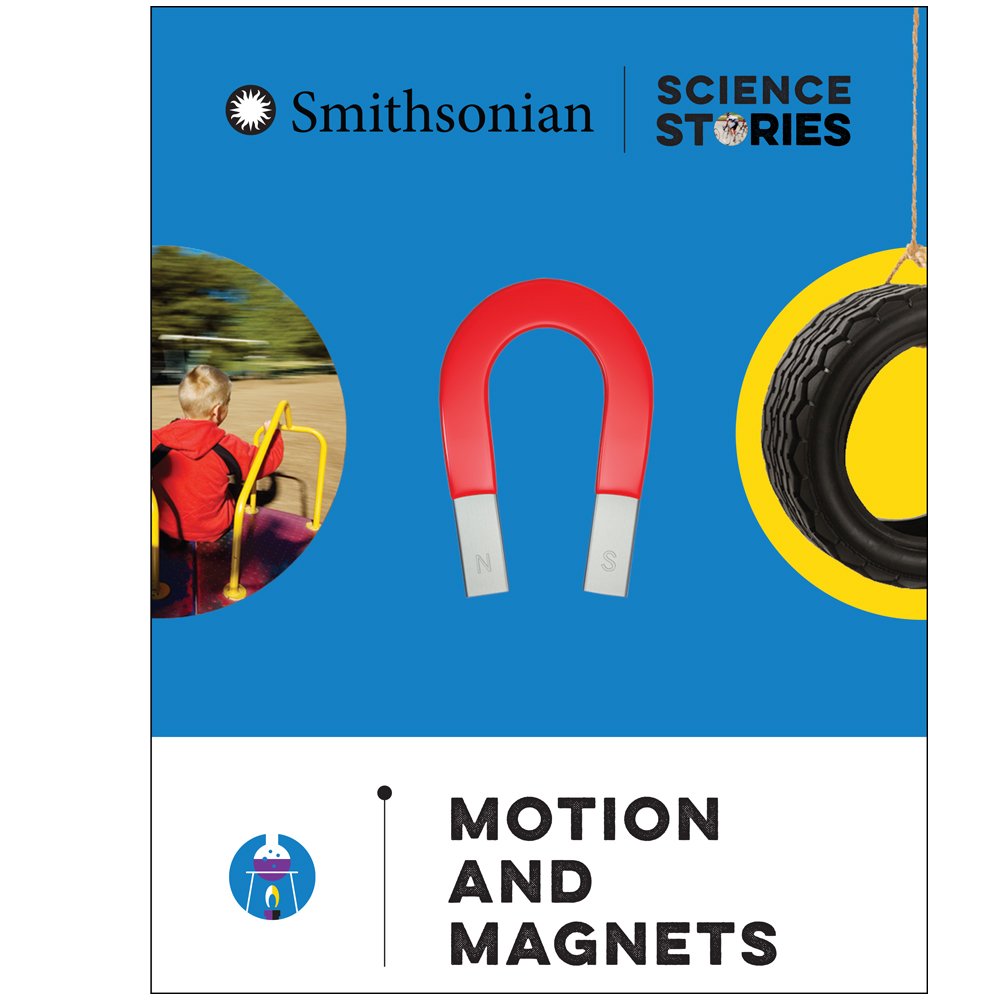EINSTEIN PROJECT CURRICULUM OPTIONS
Third Grade
How can we protect animals when their habitat changes?
Engineering Design
What’s Included?
Teacher's Guide (1 spiral bound & digital)
Student Readers (12 on grade, 4 below grade, unlimited digital access)
Interactive Materials for 32 students (working in pairs)
UNIT DESCRIPTION
15 lessons | 18 days of instruction
In 15 lessons spanning 18 class sessions, students explore the topic of what animals need to survive and how animals are affected when their habitat changes. In the first focus question, students collect evidence from videos to make a claim that animals need air, food, water, and shelter to survive. They use this knowledge to design and test different classroom habitats where live roly-polies (pill bugs) can survive. In the second focus question, students analyze data from camera traps on animals living in different habitats. They read about marine habitats and make a claim about how well a marine animal would survive in a different habitat. In the third focus question, students compare fossils with modern-day animals to make a claim about the type of habitat the animals lived in. They compare and contrast an extinct animal with a living animal using information from a reading. In the fourth focus question, students use games to simulate change in habitats and to make a claim that when habitats change, animal populations can go down. They learn through a reading that wildlife corridors can help protect animals when their habitat changes. In the final focus question, students engage in a two-part summative assessment. In the written assessment, students analyze data and construct explanations about how well different animals survive in a city, and what fossils can tell us about habitat change. Students are then challenged to apply what they have learned about science and engineering to build and test a tunnel that can stop salamanders from being killed when crossing roads.
Learn more in the Unit Storyline.
SINGLE KIT | $580
All materials for 1 class
ADD-ON | $304
Consumables for 1 class
how do weather and climate affect our lives?
Earth & Space Science
What’s Included?
Teacher's Guide (1 spiral bound & digital)
Student Readers (12 on-grade print, 4 below-grade print and digital access)
Student Activity Guide (10 Print and digital access)
Interactive Materials for 32 students (working in pairs)
UNIT DESCRIPTION
15 lessons | 19 days of instruction
During the 15 lessons in this module, students learn why and how scientists measure weather. They explore and use a thermometer, anemometer, wind vane, and rain gauge to measure the weather outside their school. They use past weather data to identify annual temperature patterns in their school's location. Students explore climates around the world and compare them to their school's location. Students identify problems caused by hazardous weather and use evidence to identify the type of weather that caused each problem. Students design and build a roof to protect from one type of hazardous weather: heavy precipitation. In the final science challenge, students analyze and interpret patterns in climate data to recommend the best time and location for a kids' soccer tournament.
Learn more in the Unit Storyline.
SINGLE KIT | $494
All materials for 1 class
ADD-ON | $140
Consumables for 1 class
what explains similarities and differences between organisms?
Life Science
What’s Included?
Teacher's Guide (1 spiral bound & digital)
Student Readers (12 on-grade print, 4 below-grade print and digital access)
Student Activity Guide (10 Print and digital access)
Interactive Materials for 32 students (working in pairs)
UNIT DESCRIPTION
10 lessons | 13 days of instruction
In 10 lessons over 13 class sessions, students investigate what plants need to live, grow, and reproduce, and how these factors are parts of a system that work together in each plant's habitat. Throughout the module, students will be aiming to understand an overarching phenomenon: Why is the number of grand spider orchids in Western Australia decreasing? They begin by asking questions about what makes a good habitat for a plant and observing how different plant parts have structures that relate to their function in helping the plant thrive. Students collaboratively plan and carry out investigations about whether plants need water and/or light to grow. As students make observations and use them as evidence to make claims, they also begin to learn about the interconnectedness of plants and animals in habitats. They look at real bees to discern structures that help with pollination, and engineer hand pollinators that mimic bee structures through asking questions about how to solve the problem of pollinator population decline. Students then investigate how seed structure relates to dispersal method, and use a computer simulation to investigate how different animals and plants live in different places and work together as parts in a system. In the science challenge, students use their knowledge of plant needs to decide where to plant two types of seeds, and analyze others' claims. Finally, students use their knowledge and evidence accumulated throughout the lessons to construct an explanation for why there may be fewer and fewer grand spider orchids each year.
Learn more in the Unit Storyline.
SINGLE KIT | $440
All materials for 1 class
ADD-ON | $176
Consumables for 1 class
how can we predict patterns of motion?
Physical Science
What’s Included?
Teacher's Guide (1 spiral bound & digital)
Student Readers (12 on-grade print, 4 below-grade print and digital access)
Student Activity Guide (10 Print and digital access)
Interactive Materials for 32 students (working in pairs)
UNIT DESCRIPTION
15 lessons | 19 days of instruction
In 15 lessons over 19 class sessions, students explore how objects can exert forces on other objects and predict an object's future motion based on observations of patterns of motion. In the first focus question, students manipulate model swings and balls and see that contact forces can start and stop motion. They practice forming scientific questions and carry out investigations to explain what happens when balanced and unbalanced forces act on objects at rest. In the second focus question, students obtain information about bicycles and clock pendulums and describe the repeating patterns of motion that these, and other, objects exhibit. In focus question three, students observe examples of non-contact forces causing objects to move and investigate these cause-and-effect relationships. They participate in a static electricity-fueled race and investigate at what distance different magnets are able to attract objects. Focus question four is all about application. Students obtain information from text about uses of magnets in transportation and communication. They identify problems and how criteria and constraints are important factors when designing solutions. Groups then use magnets to design, build, and test a solution to a trash-sorting problem. In the final focus question, students engage in a two-part summative assessment. In the written assessment, students recap their understanding of forces, with a focus on magnetic forces, and apply their science knowledge to an engineering problem. Students then face a science challenge, where they must investigate how magnets affect the motion of a steel pendulum. They work in groups to ask a scientific question, plan and carry out an investigation, and use their data to predict the pattern of motion of a model swing that interacts with magnets. Individual students then write a claim to formally answer their research question.
Learn more in the Unit Storyline.
SINGLE KIT | $430
All materials for 1 class
ADD-ON | $102
Consumables for 1 class



